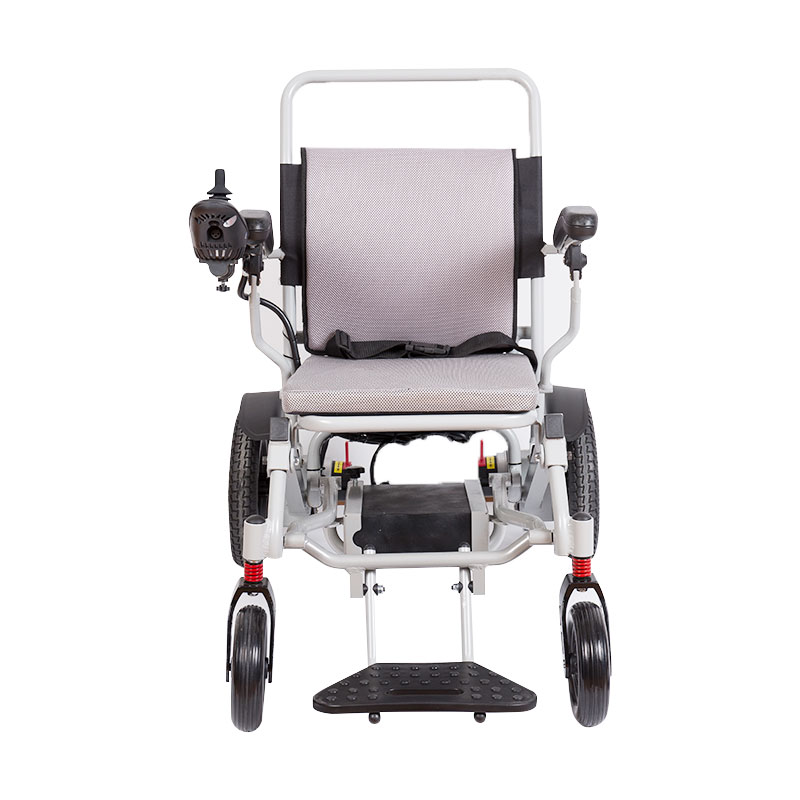What is the function of the dense oxide film on the surface of aluminum alloy wheelchairs?
The dense oxide film on the surface of aluminum alloy wheelchairs serves as a protective layer that enhances the material's corrosion resistance and durability. When aluminum comes into contact with oxygen in the air, it naturally forms a thin layer of oxide on its surface. This oxide layer, called aluminum oxide (Al2O3), is tightly bonded to the underlying aluminum and is chemically stable.
The primary functions of the dense oxide film on aluminum alloy electric wheelchairs are:
1. Corrosion Resistance:The oxide film acts as a barrier, protecting the underlying aluminum from further oxidation (corrosion) when exposed to moisture, air, or other corrosive elements. This is particularly important when aluminum alloy wheelchairs are used outdoors or in environments with high humidity.
2. Preventing Pitting and Surface Damage:The oxide film also helps prevent pitting corrosion, a type of localized surface damage that can occur in metal materials exposed to corrosive conditions. By forming a protective layer, the dense oxide film reduces the risk of pitting and preserves the appearance and structural integrity of the wheelchair.
3. Longevity and Durability: The oxide film contributes to the overall durability and longevity of aluminum alloy wheelchairs, as it acts as a shield against environmental factors that could otherwise degrade the material over time.
4. Reducing Friction and Wear:The oxide film's smooth surface can help reduce friction and wear on aluminum alloy wheelchair components, such as moving parts and joints, leading to improved performance and a longer service life.

5. Enhancing Aesthetics:The oxide film can provide a clean and aesthetically appealing finish to aluminum alloy wheelchairs, making them more visually appealing.
It's important to note that the oxide film on aluminum alloy wheelchairs is relatively thin, usually just a few nanometers in thickness. However, even this thin layer provides valuable protection against corrosion and wear. Manufacturers may also apply additional surface treatments or coatings to further enhance the wheelchair's resistance to wear, scratches, and environmental damage.
While the oxide film offers significant benefits, proper care and maintenance are still essential to ensure the long-term performance and appearance of aluminum alloy wheelchairs. Regular cleaning and avoidance of harsh chemicals or abrasive materials can help preserve the integrity of the oxide film and extend the wheelchair's useful life.


 English
English Deutsch
Deutsch







-3.jpg?imageView2/2/format/jp2)
.jpg?imageView2/2/format/jp2)






